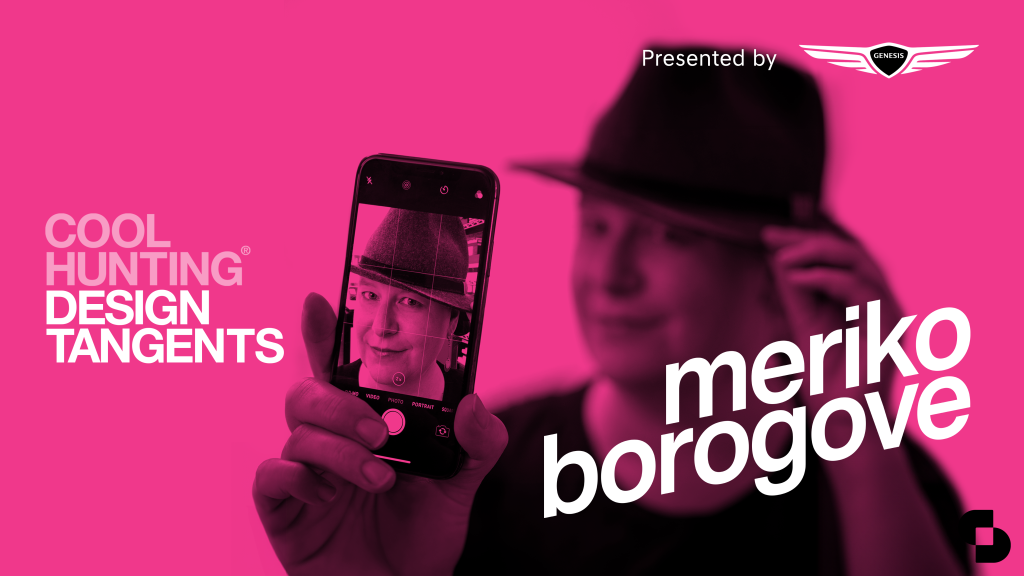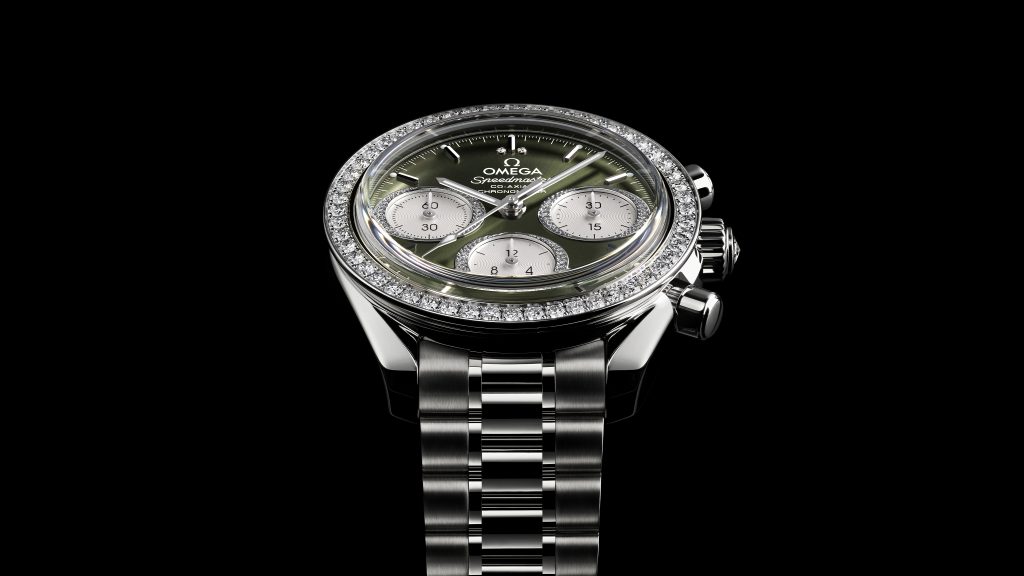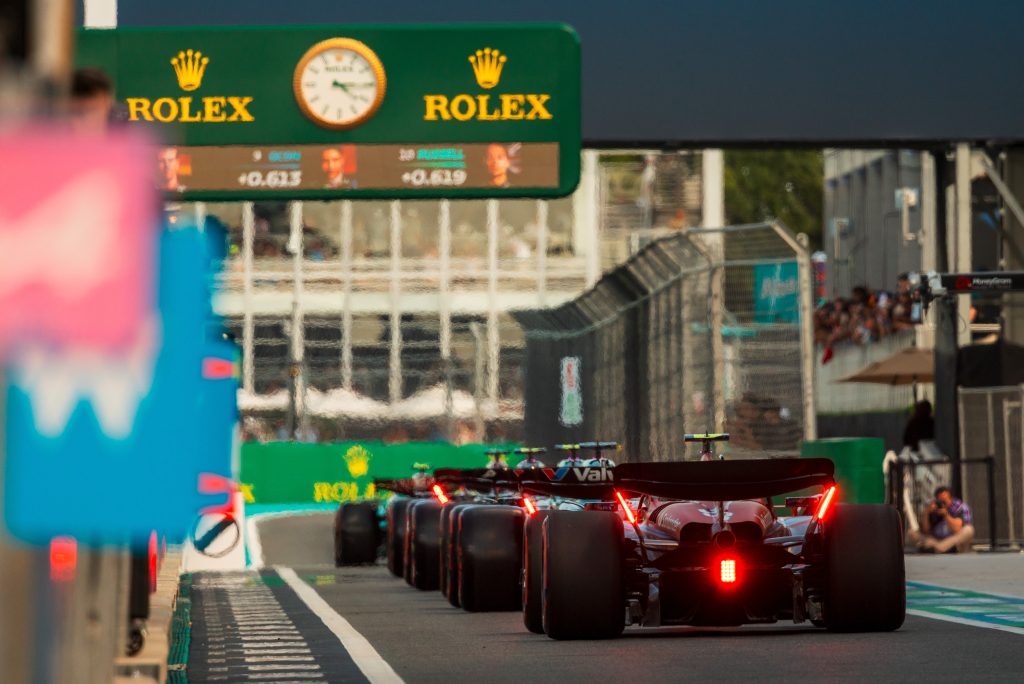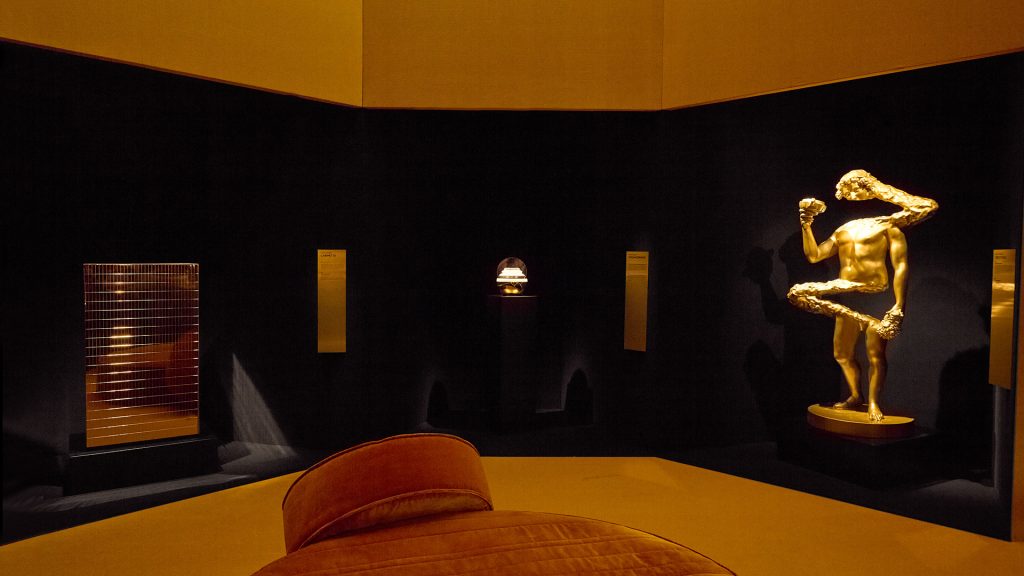First Impressions of the Apple Watch
We get hands-on with the iPhone’s most personal accessory ever

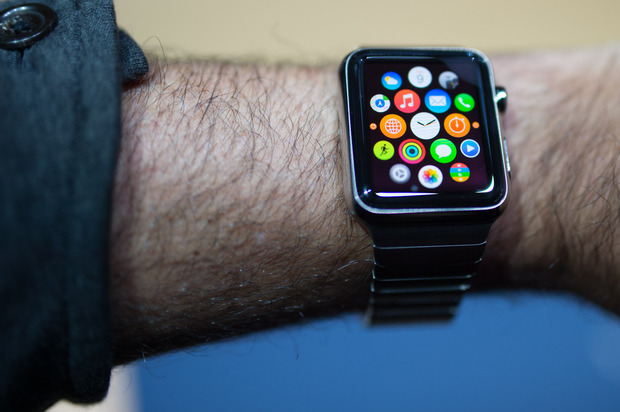
At their most anticipated launch in years, Apple today presented the next revolution. The Apple Watch represents their foray into wearables and the first truly new product category since Steve Jobs sat in a vintage Le Corbusier on stage at Yerba Buena in January 2010 to introduce the iPad. Even LG and Samsung (who have previously made entrée in to this category) are said to be welcoming of Apple’s competition, probably because Apple has proven the ability to make a new lifestyle product category like this one viable. And viable it is. The Apple Watch is lovely and clever; it marries fashion and technology, wellness and data, and beautifully integrates the humanity of touch. Though it will not be available until early 2015, we got a first hands-on demo of the watch today.
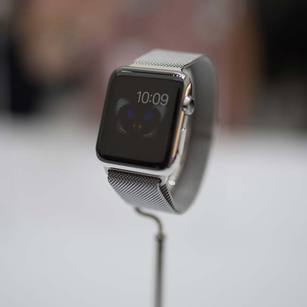

The Apple Watch does many things to extend and compliment your iPhone (yes, an iPhone is required), but the true revolution is in the user experience. The watch crown—an element familiar to anyone who has ever wound their own watch—is used to zoom, scroll and select. The touchscreen can recognize hard or soft presses and most actions have haptic feedback. The haptics are especially of note: Apple has created their own Taptics engine to handle localized confirmation of screen presses as well as device vibrations to enhance communication. And this communication goes beyond the human-computer interface to the human-human interface. Wearers of the watch can communicate with each other by sending communicative vibrations or even a live feed of their own heartbeat. The tactile touches of the watch extend beyond the device itself—the Leather Loop strap option, for example, has magnets in each of its ribs so that the act of securing the strap feels like a luxurious zipper and consequently has an extremely secure closure. And the link bracelet has a butterfly closure that seamlessly folds into itself unlike anything we’ve seen on a watch band before.
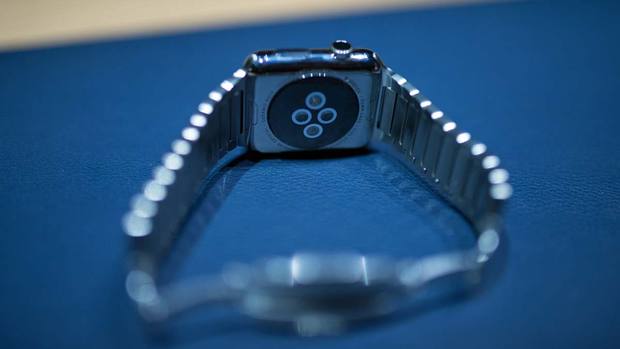
The Apple Watch is packed with sensors. It’s easy to gloss over the actual timekeeping function of the watch, but its accuracy is worth noting. The Apple Watch keeps time within 50 milliseconds of the world standard clock. Meanwhile an accelerometer measures total body movement while an industry first custom sensor tracks heart-rate. Available in 38mm and 42mm sizes and three distinct styles (Apple Watch, Apple Watch Sport and Apple Watch Edition) amounting in 18 different versions, there is a model for everyone. Prices vary according to materials and style, but the entry level price is estimated at $349. If you think about the how far the iMac, iPhone and iPad have evolved since their introductions, the new Apple Watch promises to be the beginning of a long and intriguing product category lifecycle.
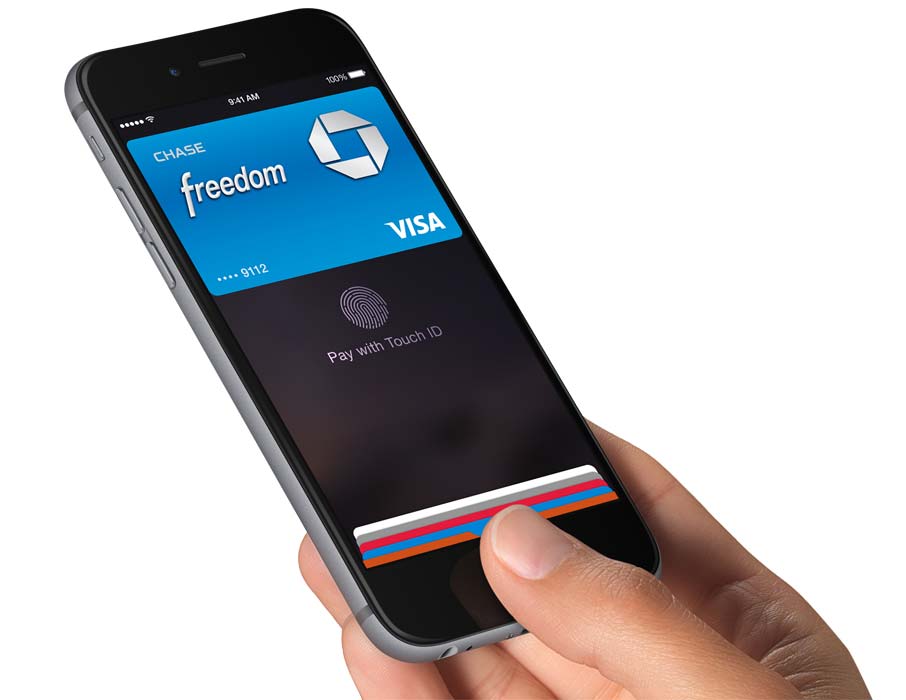
Today wasn’t only about the Apple Watch though. The new iPhone 6 and iPhone 6 Plus were also unveiled. They’re both impossibly thin and light with a unibody case that wraps easily into the curved edge of the remarkably clear glass screen. They’re available starting 19 September. And then there’s Apple Pay, the manufacturer’s mobile wallet solution. A new feature integrated with Passbook, Apple Pay promises security and simplicity, but most importantly availability—given their support from dozens of mass retailers already. Apple Pay requires an iPhone 6 and iOS 8.
Final image courtesy of Apple, all others by Josh Rubin
